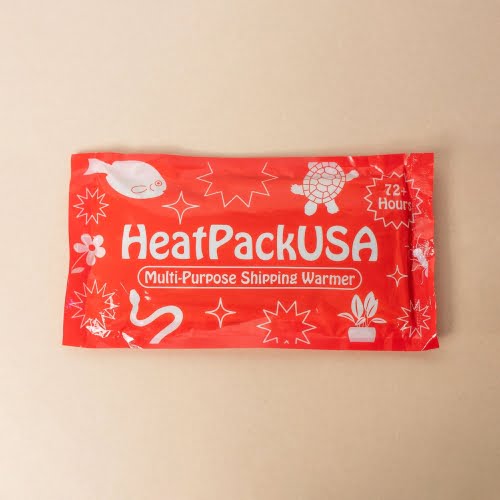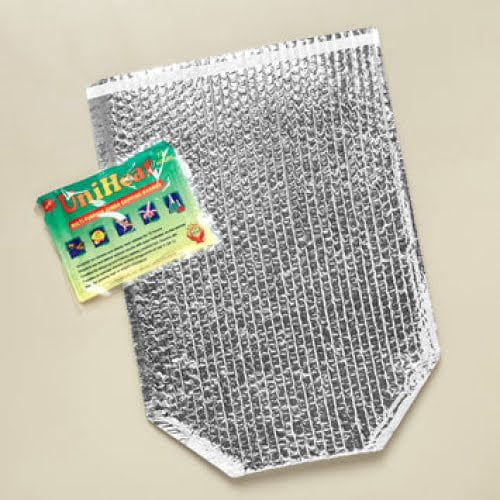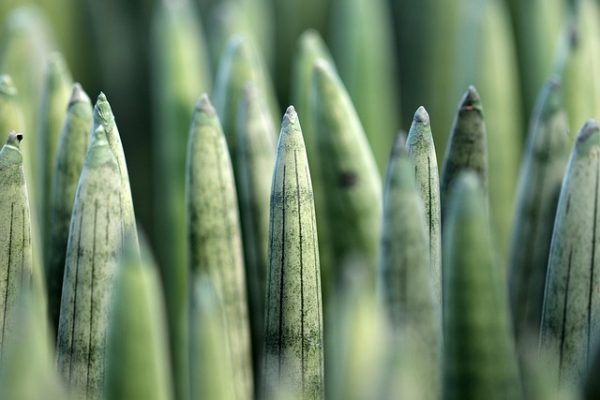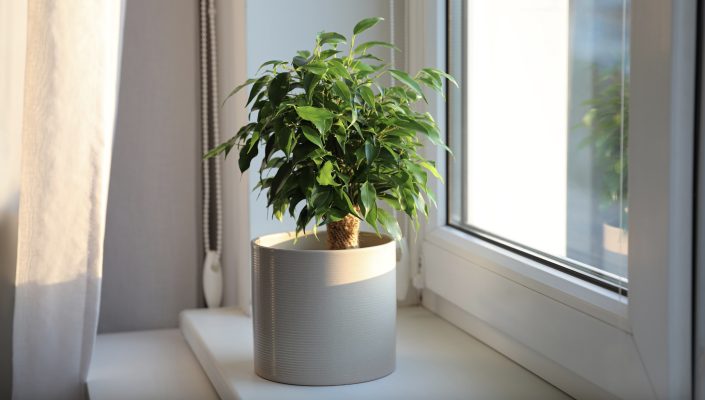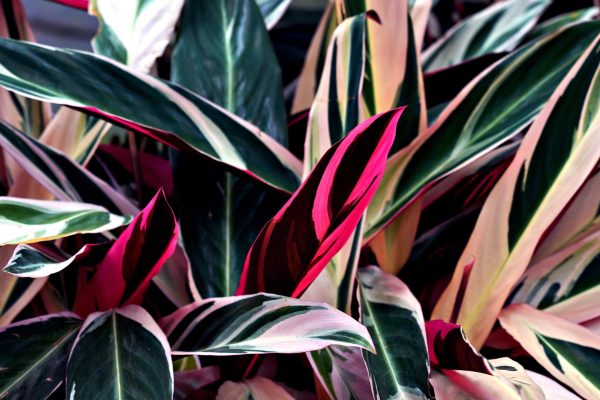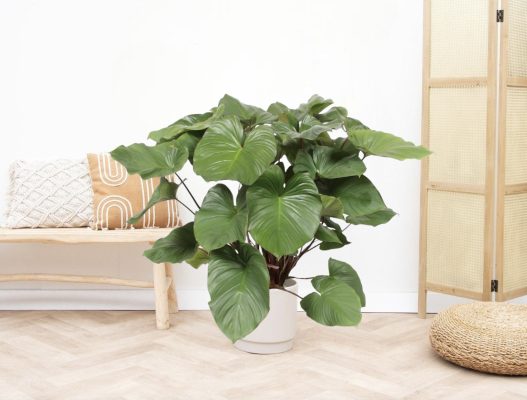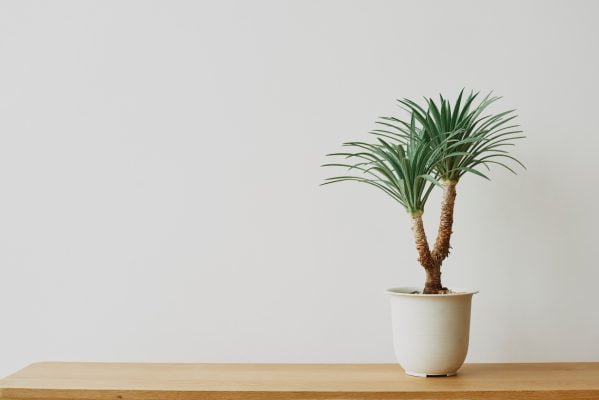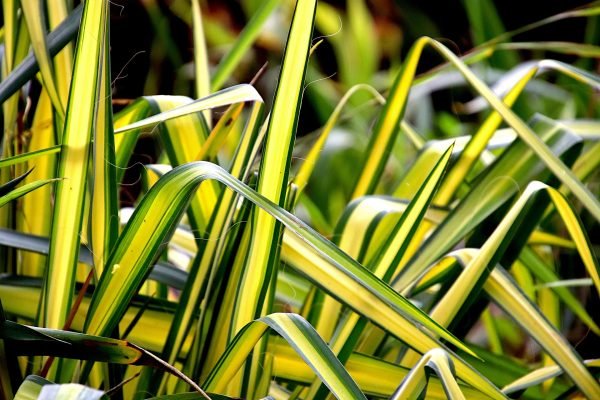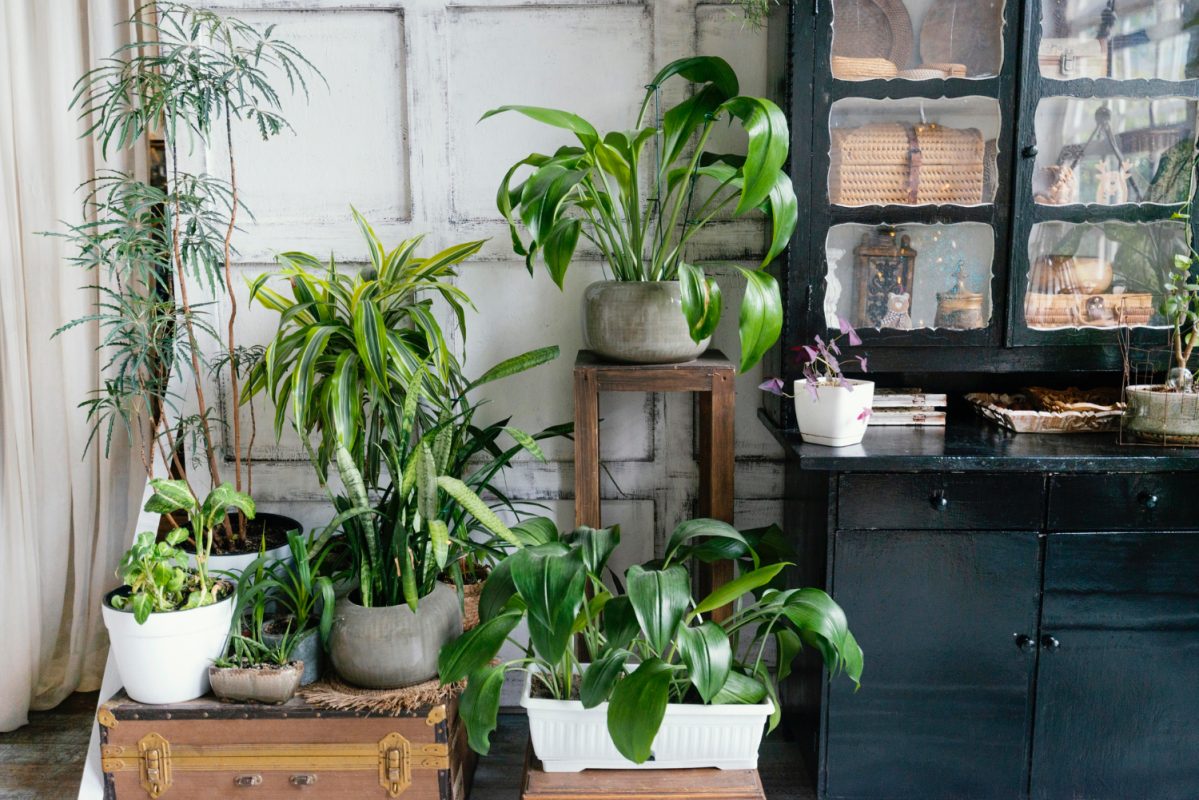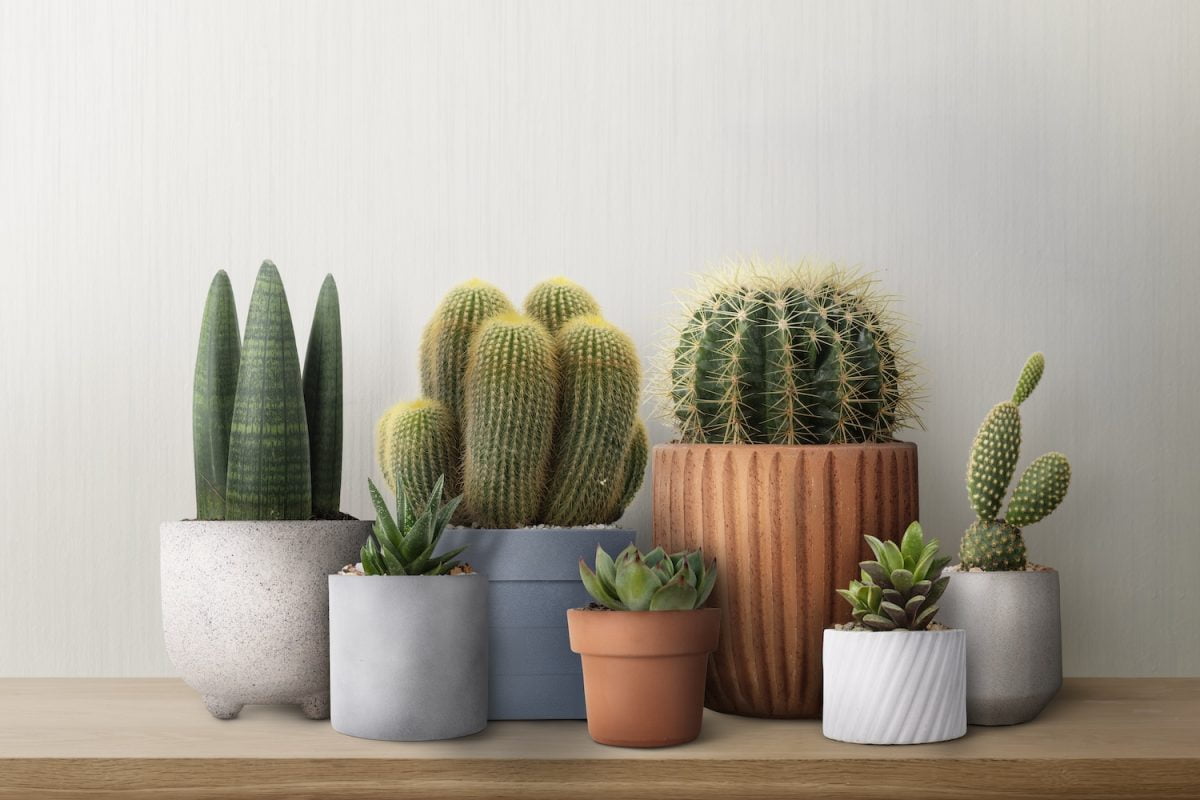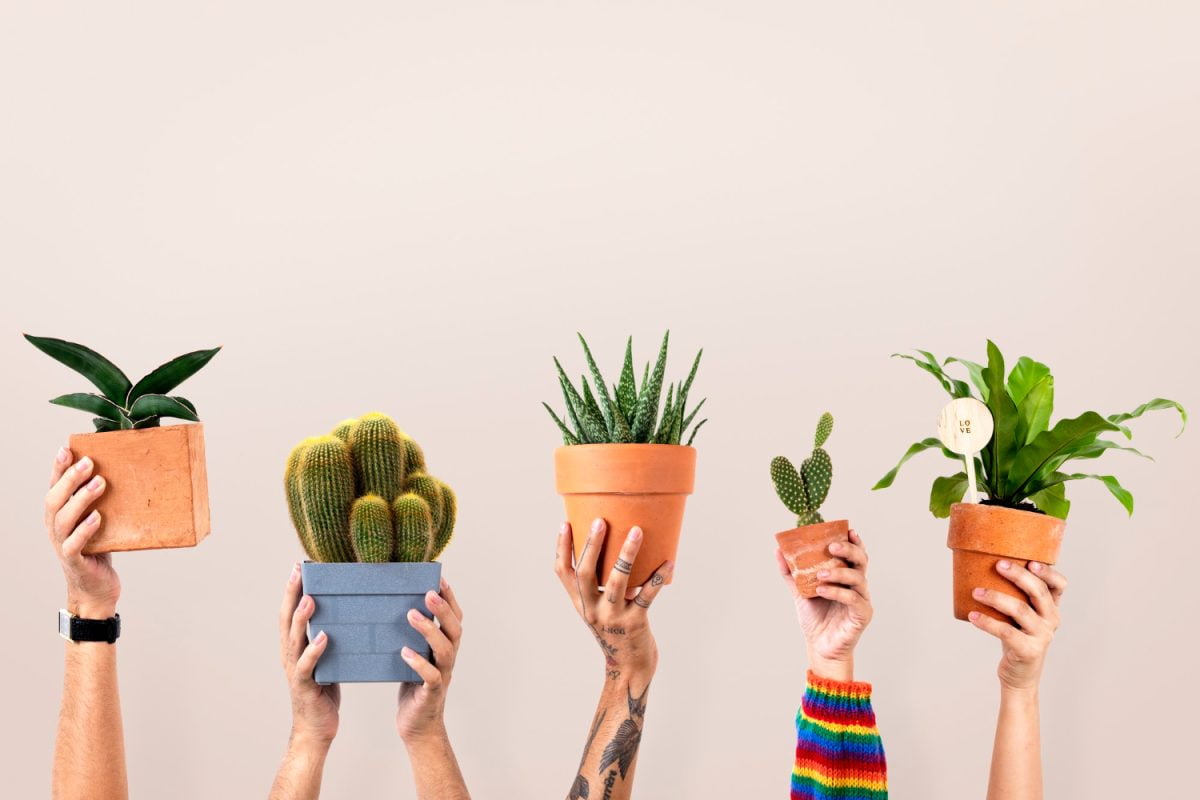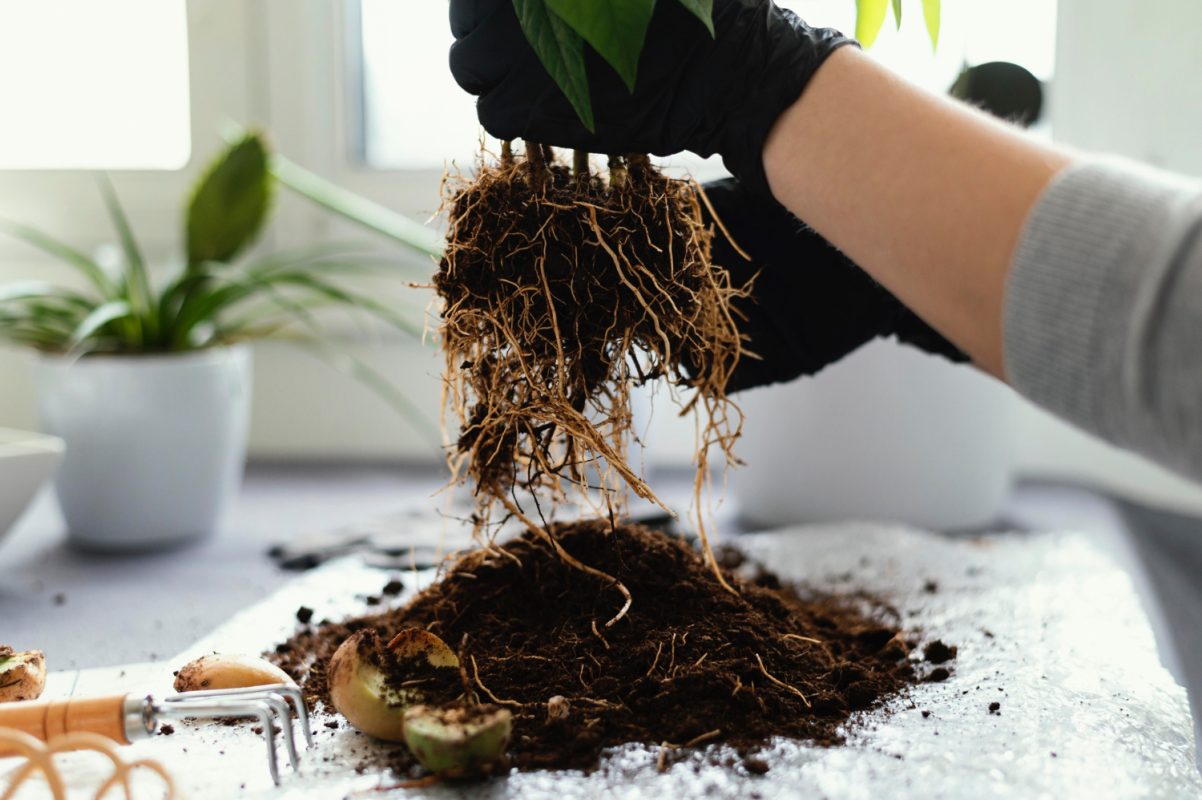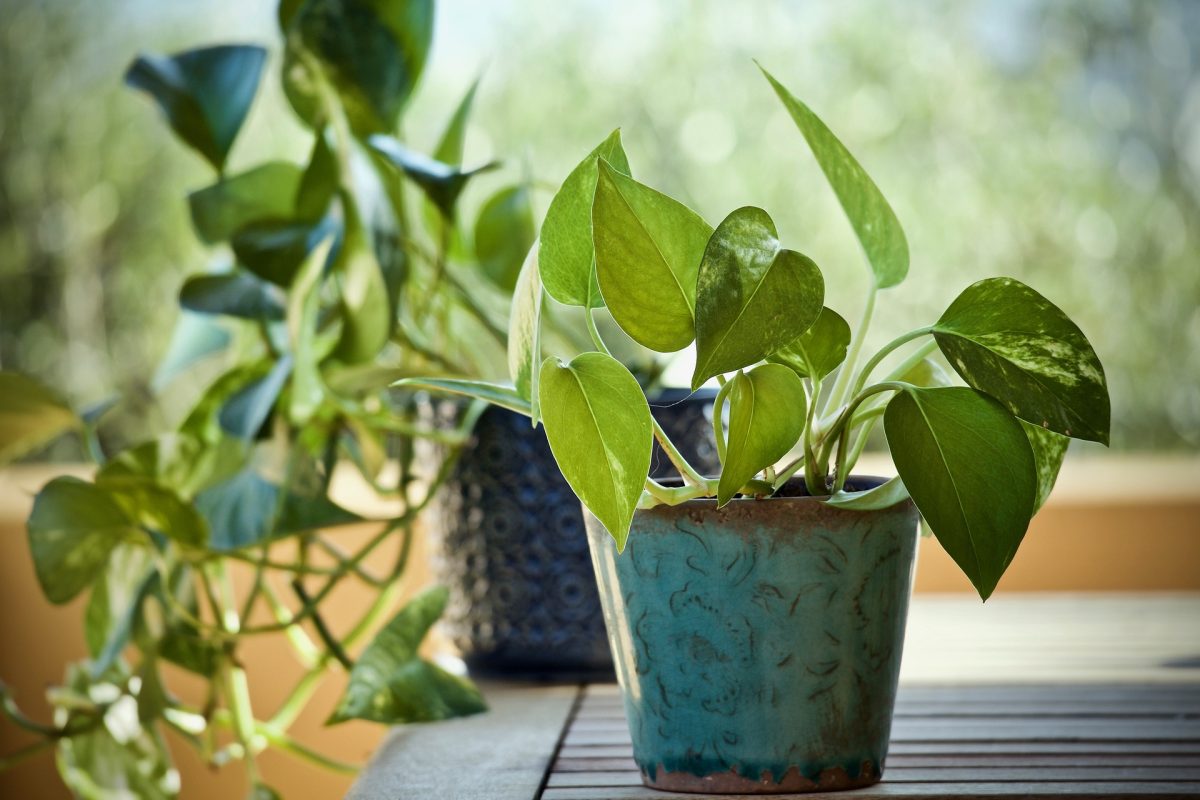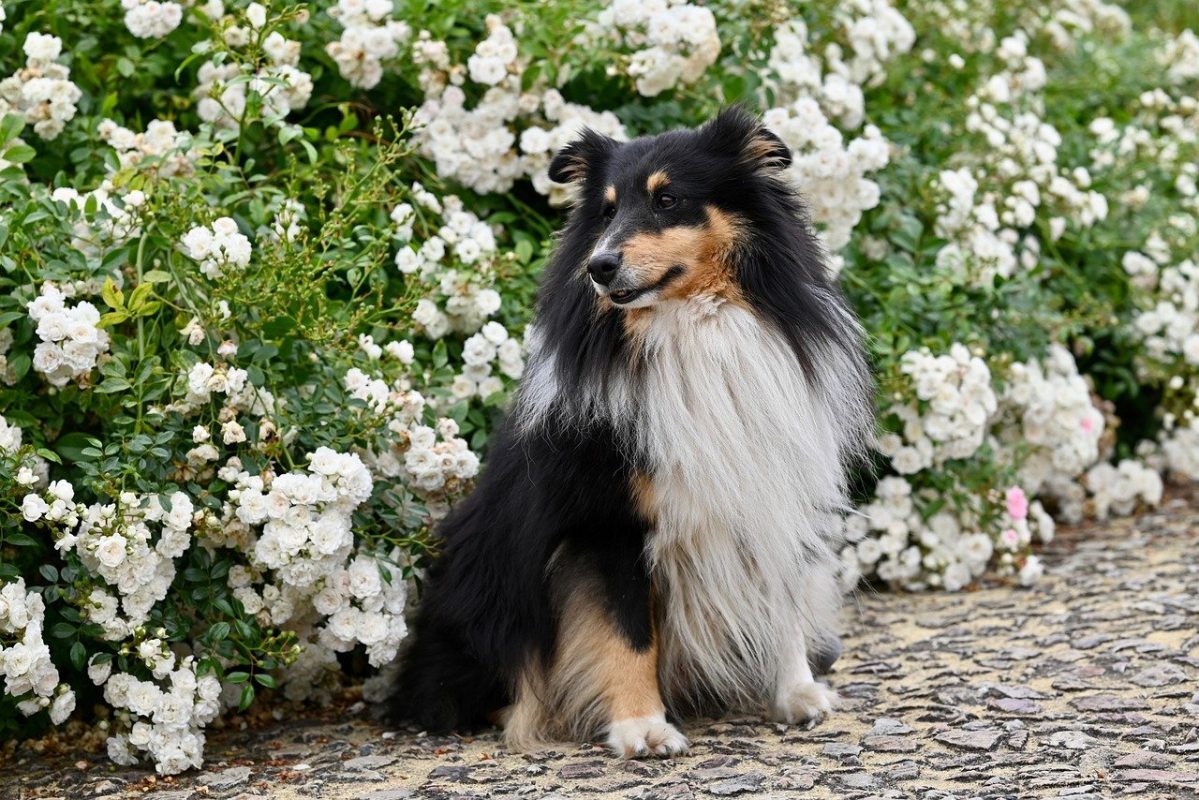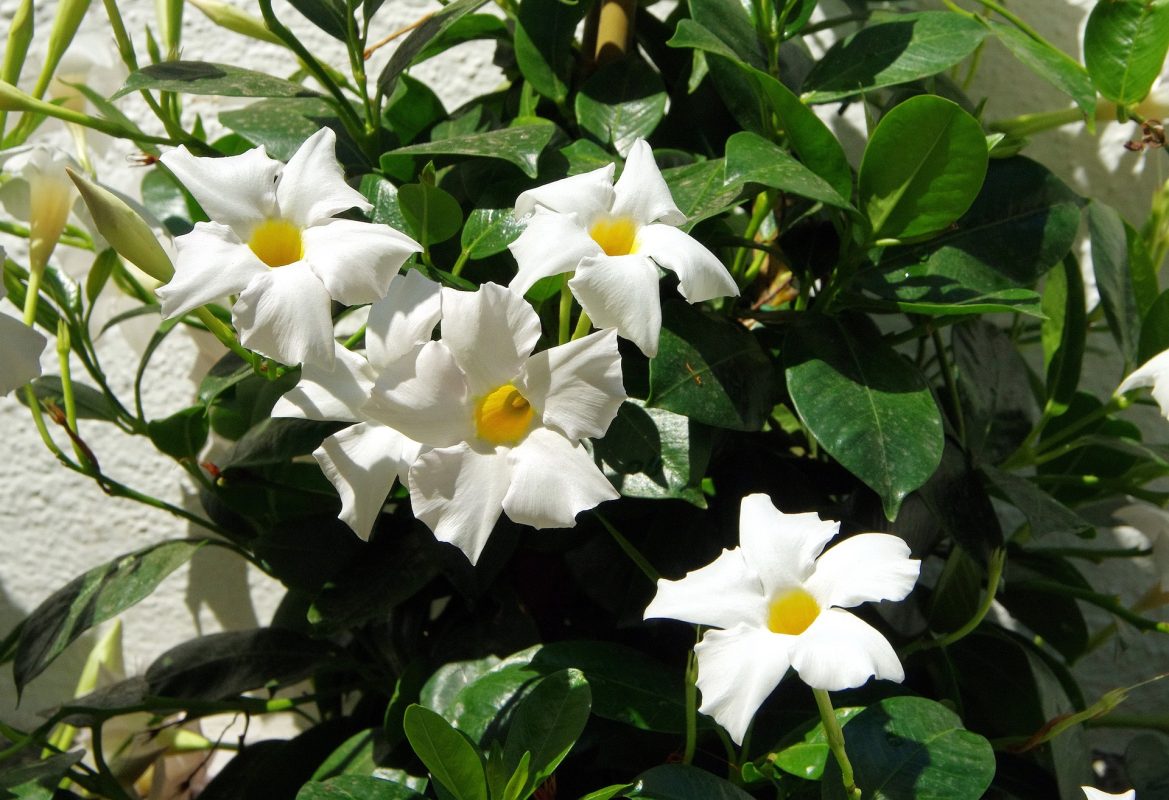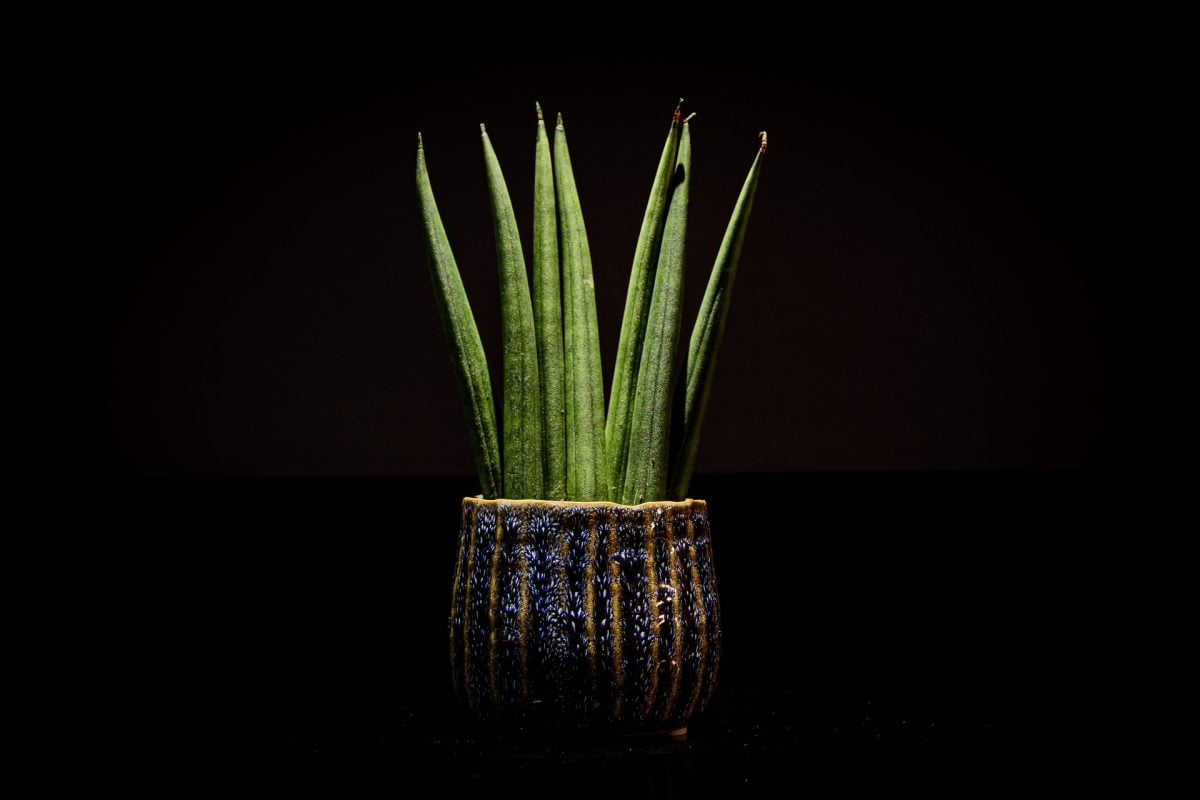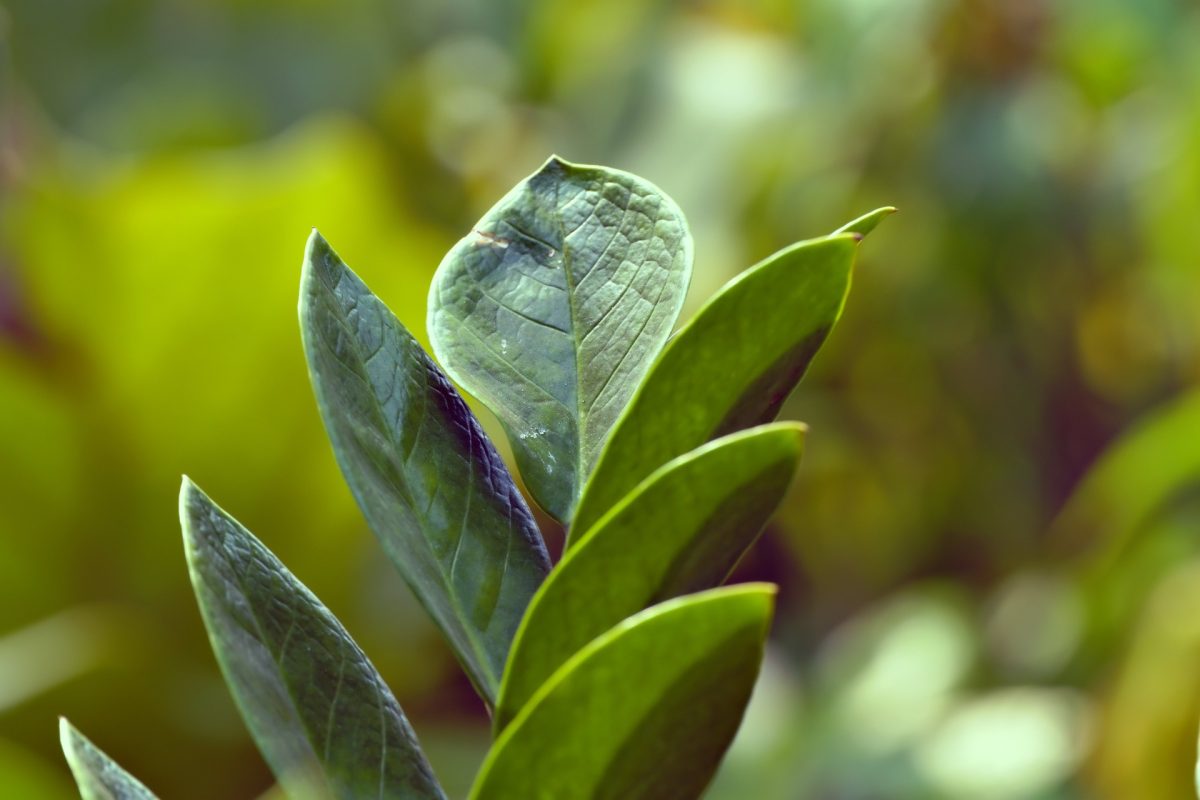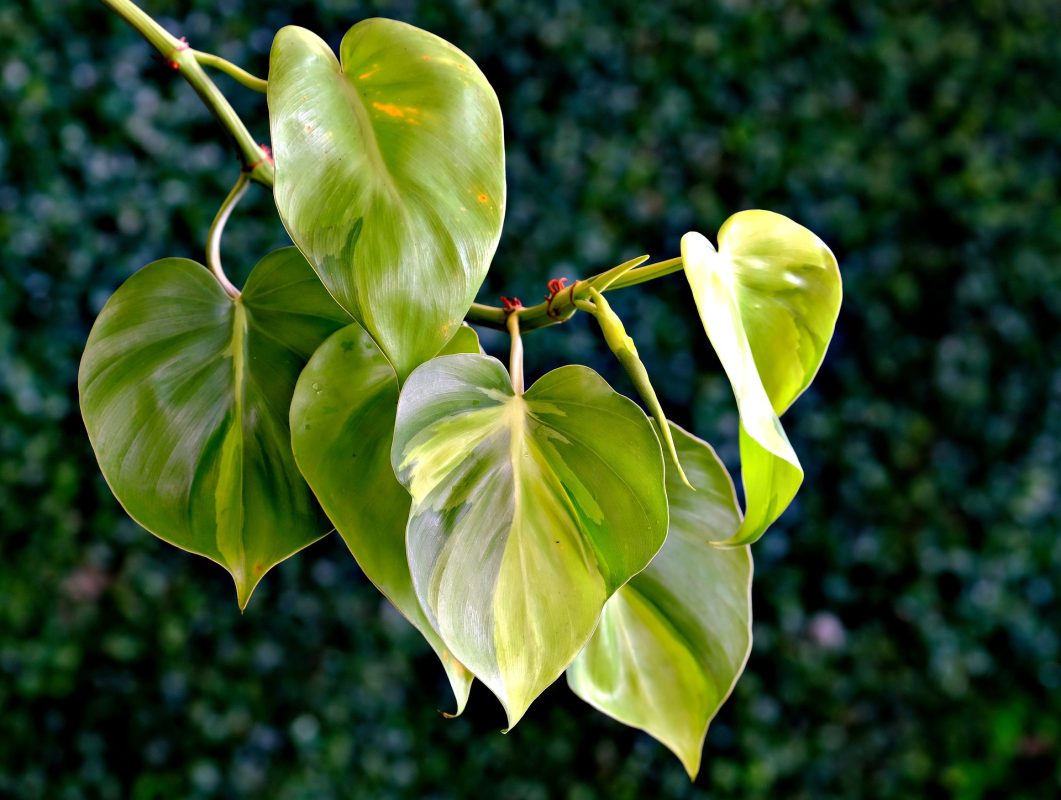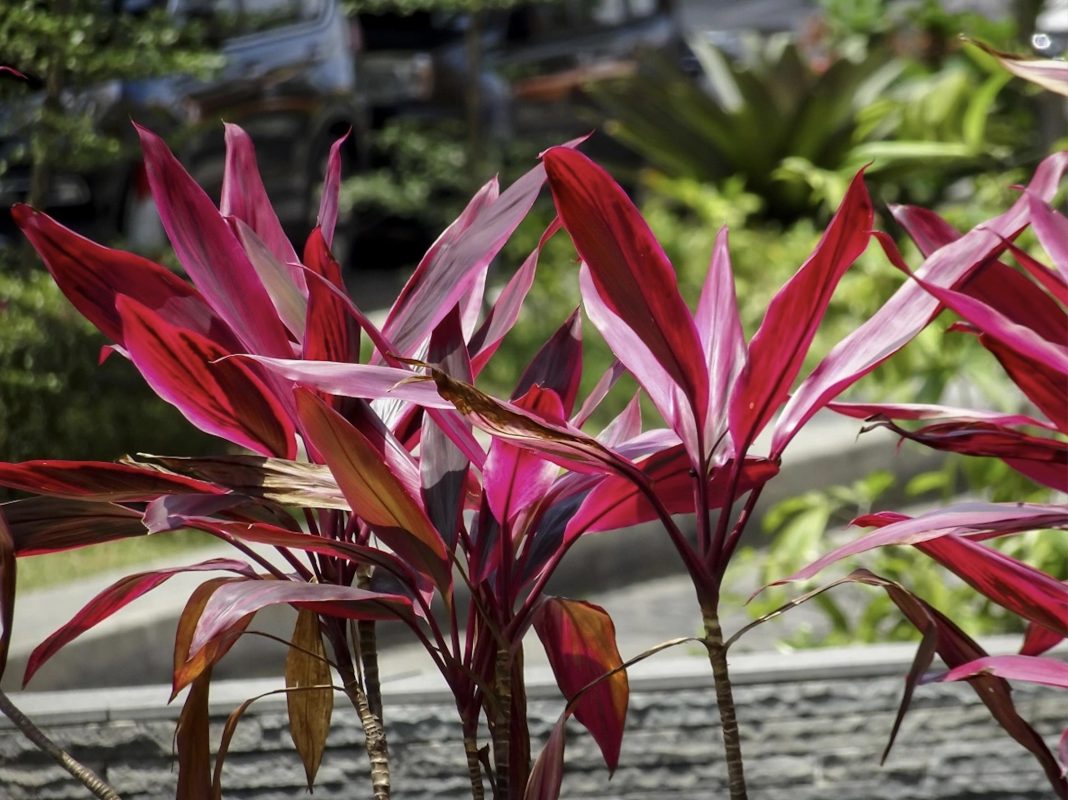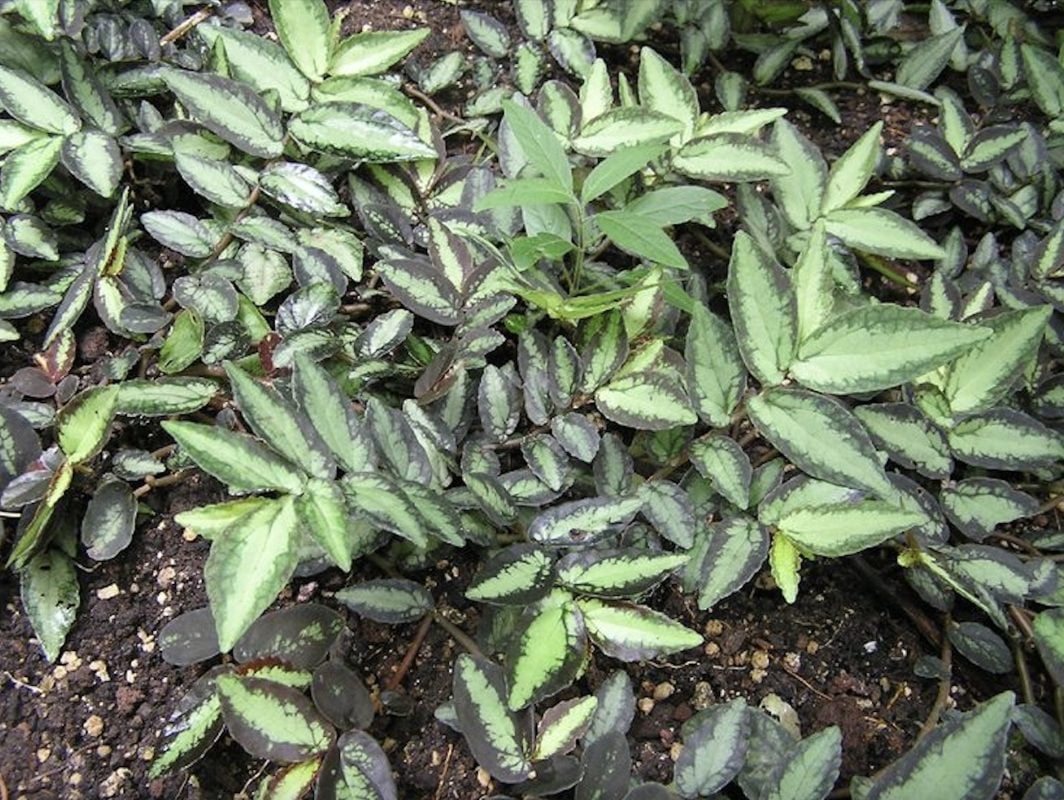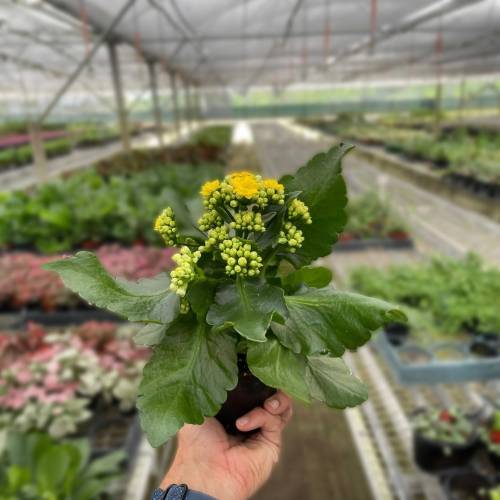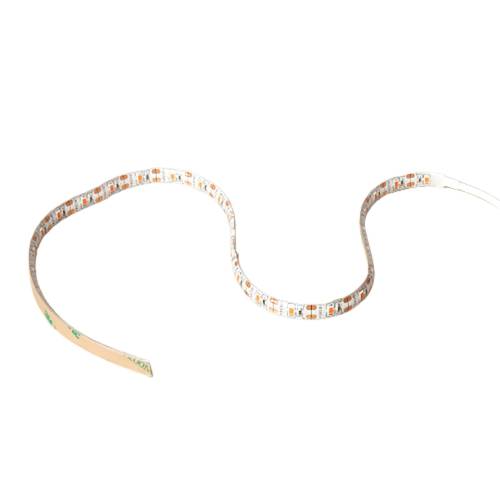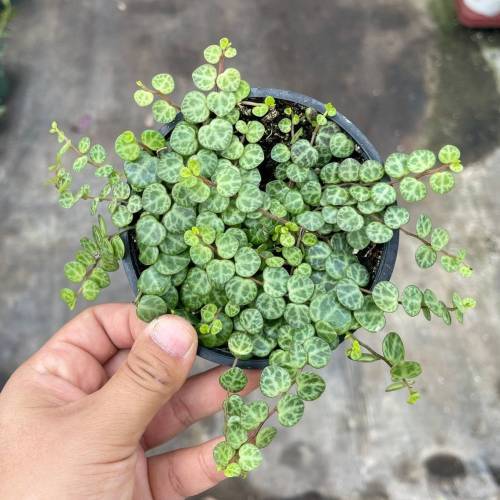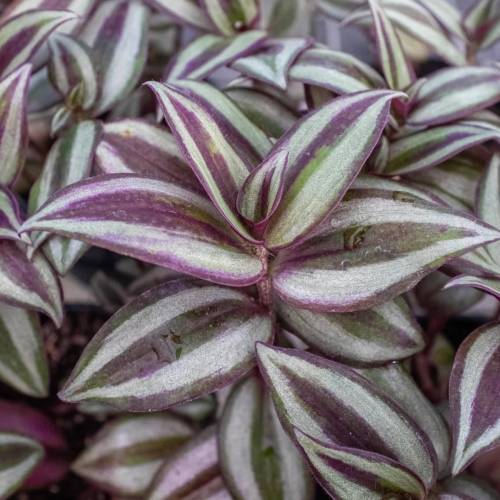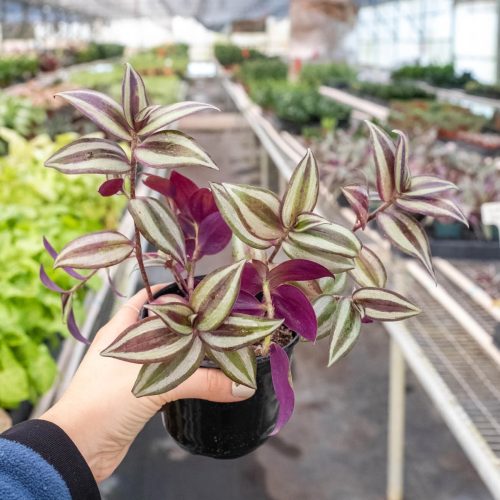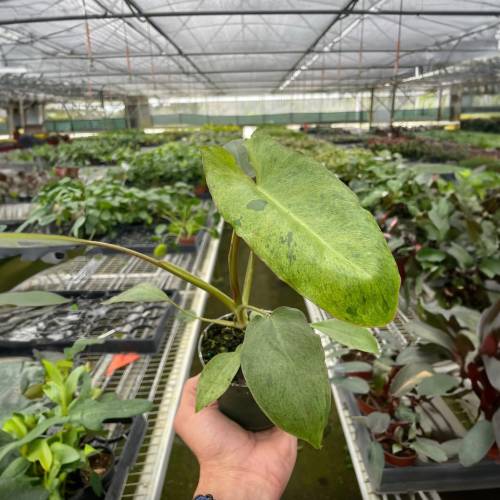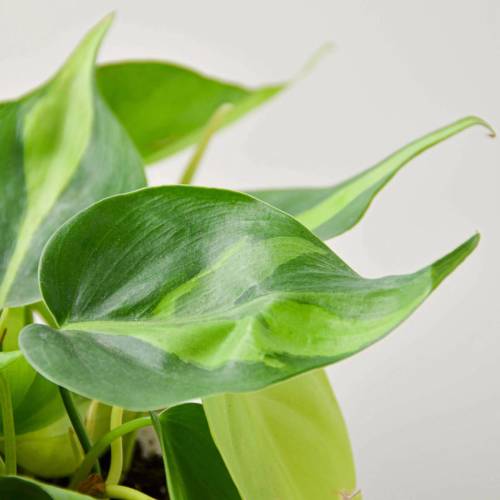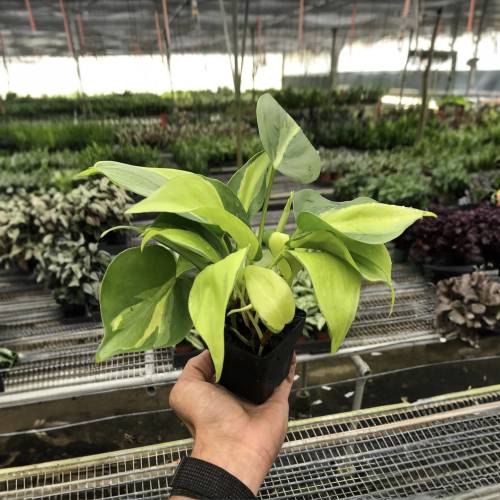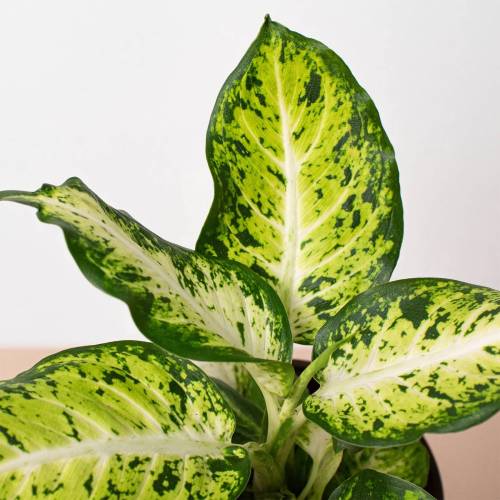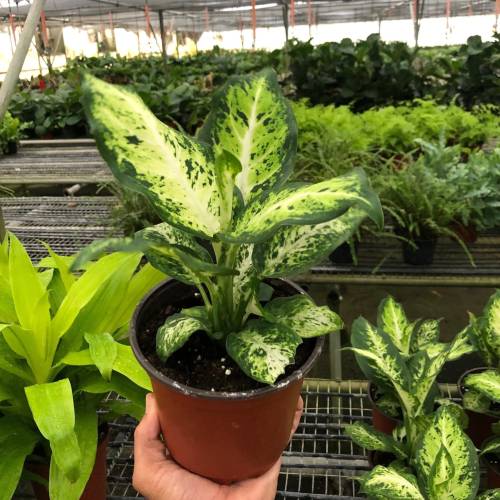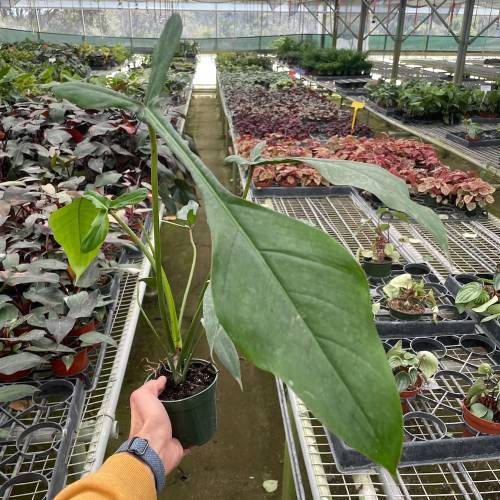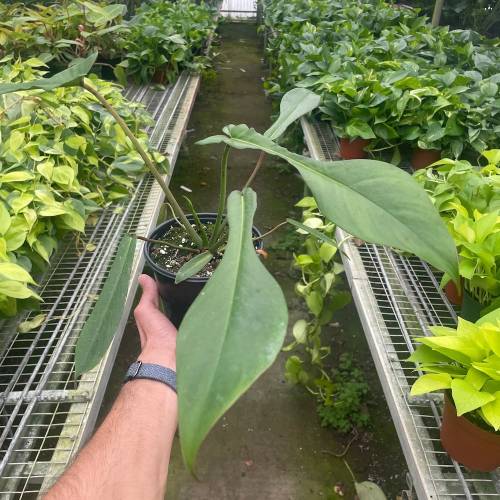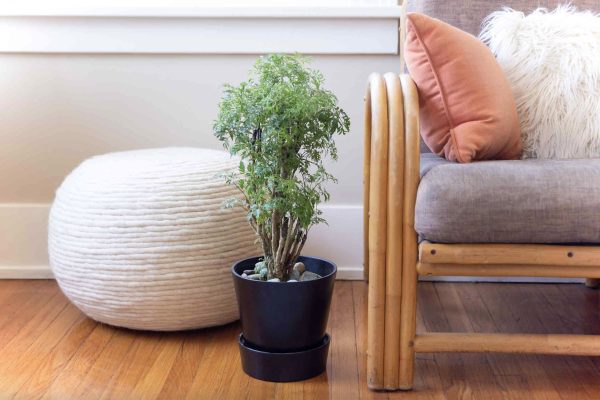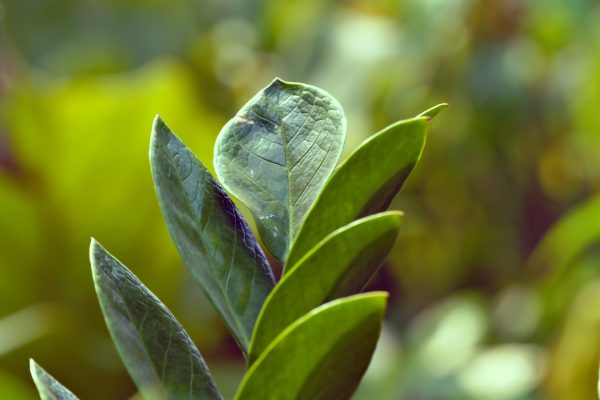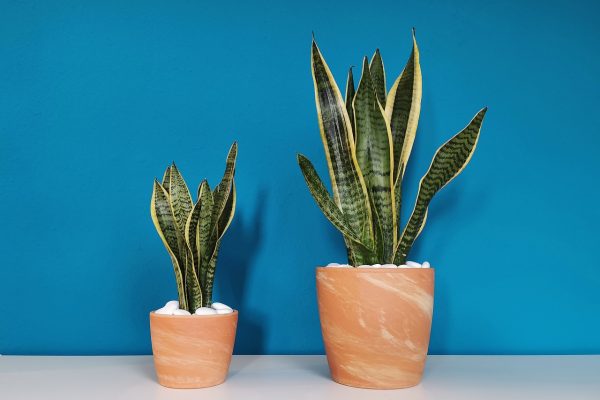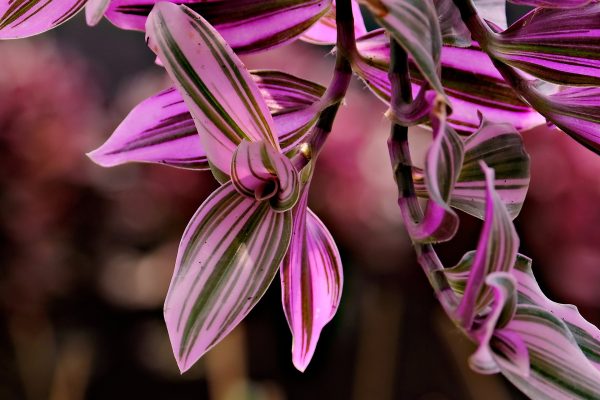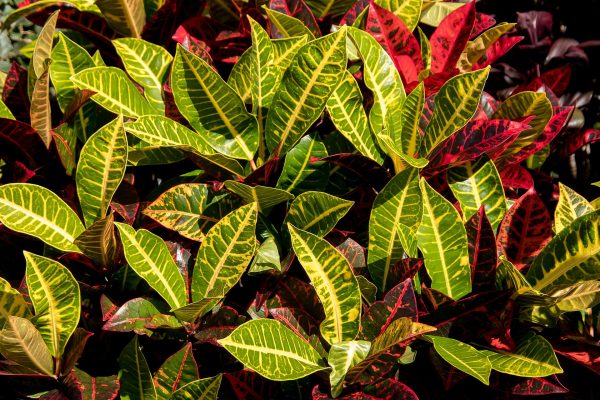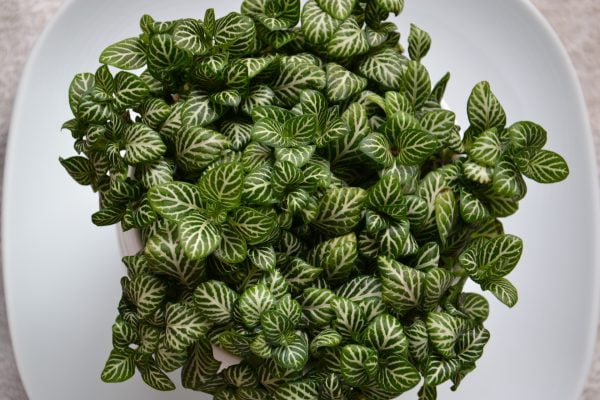Going on vacation is exciting, but leaving your plants behind can be a bit worrisome, especially if you don’t have anyone to care for them. Fortunately, with a few simple preparations, you can keep your plants happy and healthy even while you’re away. Here are some strategies to help your plants thrive, no matter the length of your getaway.
1. Assess Your Plants’ Needs
Different plants have different watering needs. Cacti, succulents, and other drought-tolerant plants may require minimal watering, while tropical plants, ferns, or flowering plants usually need more moisture. By identifying the specific needs of each plant, you can tailor a vacation care plan accordingly.
2. Water Thoroughly Before You Leave
Give each plant a good, deep watering a day before you leave. Make sure the water penetrates all the way through the soil until it drains out of the bottom. This ensures that the roots have sufficient moisture to draw from while you’re gone, helping to prevent them from drying out too quickly.
3. Use Self-Watering Techniques
- DIY Watering Systems: A simple setup with water-filled wine bottles or plastic bottles inserted into the soil can slowly release water over time. Just fill the bottle, invert it, and push it a few inches into the soil.
- Water Wicks: Use a cotton rope or string as a “wick.” Place one end in a water-filled container and the other end in the plant’s soil. The rope will slowly pull water into the soil as it dries out.
- Self-Watering Planters: For a more long-term solution, consider using self-watering planters, which have a reservoir that allows water to seep into the soil as needed.
4. Group Plants Together
Grouping plants in a cool, shaded area can help maintain a humid microenvironment, slowing down the evaporation rate. This technique is particularly useful for plants that prefer humidity, like ferns or tropical varieties. Placing them together will help them retain moisture for a longer period.
5. Consider Mulching
Mulching is not just for outdoor plants; it can also work wonders indoors. A thin layer of mulch, like bark, pebbles, or even moss, can help retain moisture in the soil by reducing evaporation. Be careful not to over-mulch, though, as it can lead to mold growth in indoor settings.
6. Move Plants Out of Direct Sunlight
Place your plants in indirect sunlight or move them a few feet away from bright windows. While plants need light, direct sunlight can dry out the soil quickly. By keeping them in a slightly shadier spot, you’ll help the soil stay moist longer.
7. Create a Humidity Tent
For plants that need high humidity, like tropicals, create a temporary humidity tent with a plastic bag. Simply water the plant, then loosely place a plastic bag over it, ensuring the bag doesn’t touch the leaves to prevent mold. This acts as a mini-greenhouse, keeping moisture levels up without needing additional watering.
8. Ask a Friend for Help
If you have a friend or neighbor who enjoys plants, ask if they’d be willing to check on yours while you’re gone. Leave a clear set of instructions based on the type of plants you have. If you’re leaving for more than a week, a quick visit or two to water and check on things can make a big difference.
9. Try a Plant-Sitter App
For extended trips or for more complex plant collections, consider hiring a plant-sitter through dedicated apps. Services such as Bloomscape or even platforms like TaskRabbit allow you to find someone knowledgeable in plant care who can check on your plants while you’re away.
By following these tips, you’ll set up a low-maintenance care routine that can help keep your plants healthy while you’re enjoying your vacation. With a little planning, you can return home to vibrant, happy plants that are just as lush as when you left!
our recommendation
you may also want to know


